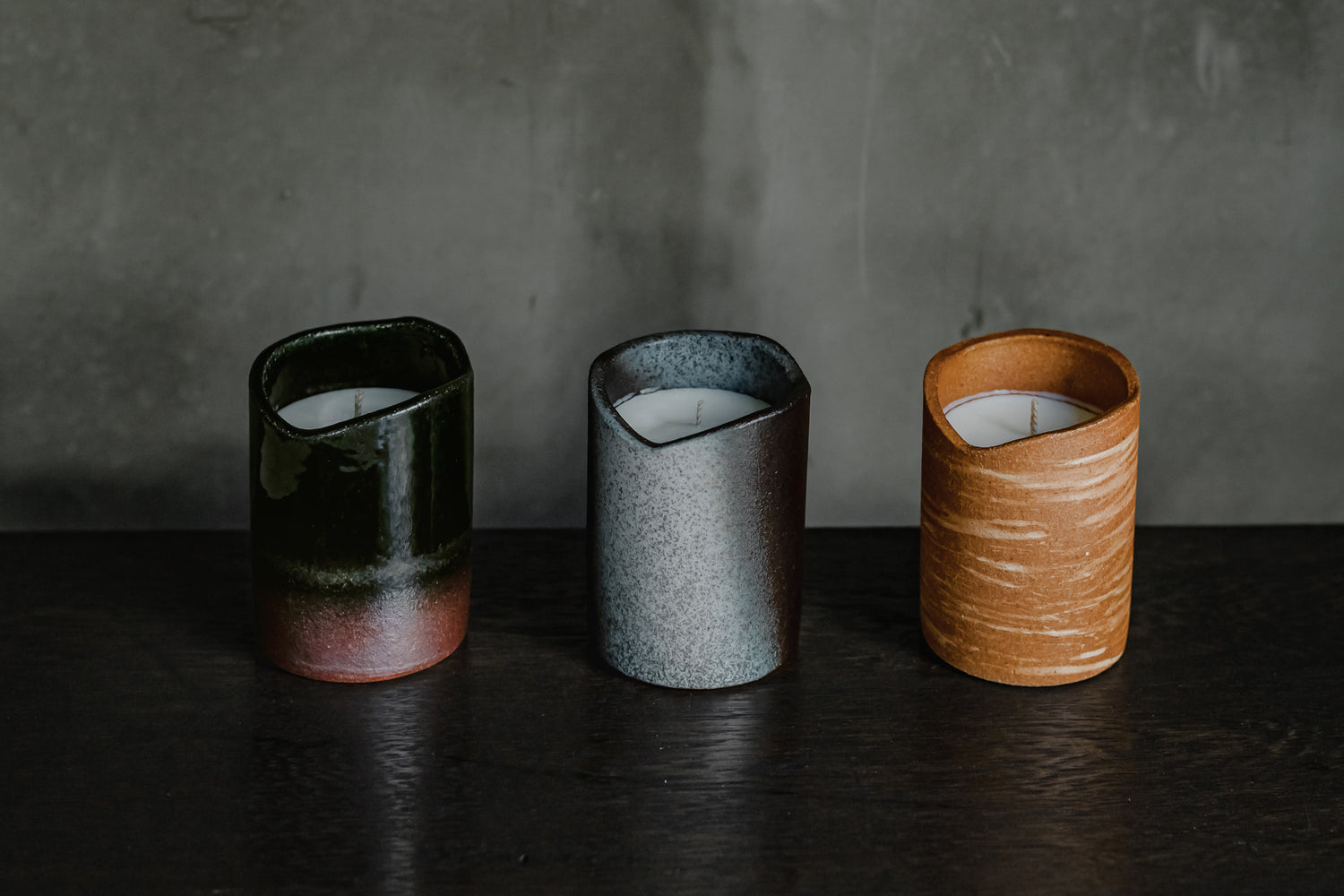When you think of Japanese-style materials, what comes to mind?
When Japanese people look at things around you, such as buildings and furniture, some people think many of them are made of wood.
It is true that the connection between trees and the Japanese people is deep from various viewpoints.
However, today there are issues unique to Japan, which has a large forest area in the island, such as insufficient forest conservation and a decline in the number of forestry workers.
Based on this current situation, let's take a look at what kind of connection there is between Japanese people and trees.

First, let's talk a little bit about mythology.
In the Nihon Shoki, written in 720, there is a story about Susano-onomikoto, who is a hero in the story, pulled out the hair from his body, turned it into wood, and told people its purpose. For example, his beard becomes cedar, and his chest hair becomes cypress, and it is said that he told them that cedar should be used to build boats and cypress should be used to build palaces. It is very interesting to see historical facts that have been confirmed, such as boats made of cedar being excavated from ancient ruins and cypress being used as lumber for Ise Grand Shrine. Since then, wood has continued to be indispensable in the history of Japanese architecture, such as the Shinden-zukuri style of the Heian period and the Sukiya-zukuri style, which adopted techniques from tea room architecture.
Next, from an artistic perspective,
In Japan, the proportion of wood used for carving is extremely large, and is said to exceed 90%. While there are a variety of materials available, including stone, metal, and clay, wood with unique textures such as tree rings and bark has been used since ancient times to carve Buddhist statues.
Among them, cypress was used to make many Buddhist statues from the 8th century onwards. As you know, cypress is also used for the structure of Horyuji Temple, the world's oldest wooden building.
Throughout history, cypress has fascinated people with its beauty. The beauty of unvarnished wood refers to the beauty of its bare surface, which is simply scraped off without any paint applied. The way it slowly fades to gray over time has also been loved as a desolate look.
Trees such as cypress have been treated with great care throughout their long history, but since modern times, various problems have arisen, such as the proliferation of artificial forests and the inability to thin them for forest conservation.
Thinning refers to maintaining an appropriate density in a forest with a high density of trees by cutting down some trees. This allows sunlight to pass through the trees and reach the ground, encouraging the growth of trees and plants on the ground. Conversely, if trees are not thinned, the trees and soil will become thinner, leading to damage from falling trees during typhoons and landslides during heavy rains.
In order to promote thinning operations, some home decors are being created using thinned wood.
There are many things that can be incorporated into daily life, from interior goods such as chairs and tables to natural aroma products extracted from thinned wood. We think these movements are also encouraging the users to become more aware of the problems in the forest world.

We receive various blessings from the unique climate of this country.
The trees give them to us too.
Just by looking at a sacred tree that is 1,000 years old or a wooden building that has a history of 1,000 years, you can realize the greatness and beauty of trees.
Social issues such as tree thinning, which we have discussed this time, may sound difficult. We can start with other familiar topics and think about the connection with natural materials such as trees.

